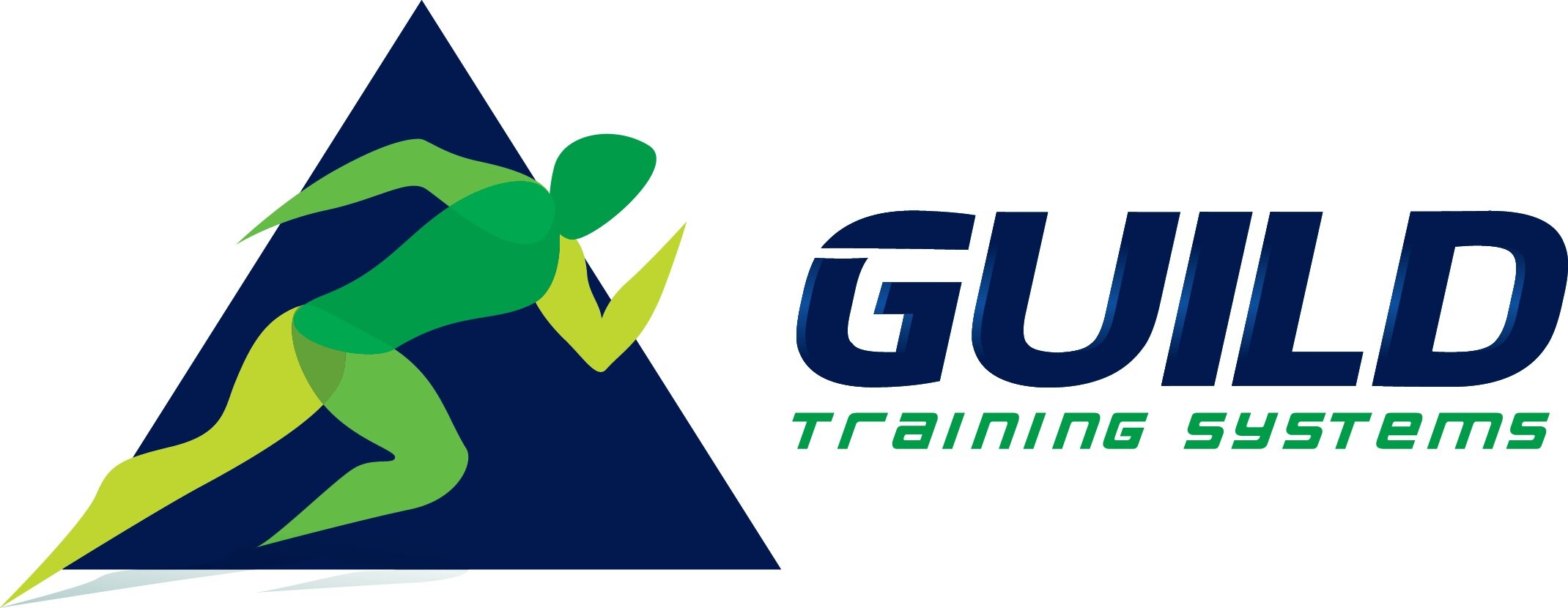Why Run Poles?
Going through Mike Boyle’s recent conditioning series got me thinking about baseball conditioning.
Mike’s challenge to “look at your sport” to determine sport-specific demands makes a lot of sense to me. What are the demands of baseball? How can we better prepare baseball players to play at a high level through lengthy games and seasons?
To begin, let’s take a look at work:rest ratios. The tried-and-true method of developing conditioning programs historically. Key word being historically.
Pitcher
Using the Kevin Cash rule, we’ll figure that a starting pitcher throws 75 pitches over 5 innings (sorry Rays, I had to).
With pitch clocks starting to creep into the game, a pitcher is generally throwing a baseball once every 20 seconds or so. With the variability in controlling running games, we’ll look at the average, which is around 23 seconds between pitches.
Watching Clayton Kershaw go through his windup leads us to the conclusion that a pitcher’s windup and delivery last 2-4 seconds. This results in a work to rest ratio of somewhere between 1:6 and 1:12
23 seconds between pitches / 4 seconds per pitch = 5.75
23 seconds between pitches / 2 seconds per pitch = 11.5
Pretty wide range but definitely not a ratio that screams “aerobic needs!”.
Position Player
While we could probably use the same ratios for defensive players, as they are generally active at the same time as the pitcher, standing in an athletic position ready to make a play has a different sport demand than pitching a baseball. So for debate sake, let’s use fielding attempts as our metric.
Marcus Semien was the shortstop for the Oakland A’s in 2019 and 2020, playing a full 161 games in 2019. Using that season as an example, Semien had 400+ attempts in the field. This extrapolates to about 2.5 attempts per game. Granted, an attempt only accounts for plays where Semien had the ball in hand to make a play and neglects backing up bases, running to be a cut-off man or covering bases without a play being made.
In the interest of being on the high side, let’s use hits as a way to determine how often Semien is moving. Average hits per game hovers around 9, so adding 9 to 2.5 attempts per game leads to Semien being on the move 11.5 times per game.
Average pitches per game is around 145, meaning that Semien is on the move an average of every 12 pitches. The equation for Semien’s work:rest ratio while on the field is as follows.
2.5 attempts + 9 hits/game = 11.5 plays
145 pitches per game / 11.5 plays = 12.6 pitches per play
12.6 pitches per play x 23 seconds per pitch = 289 seconds
The longest play in baseball is the inside the park home run, unless a really wild game of pickle breaks out. Watching a few inside the park home runs from 2018 on Youtube lead me to believe that it takes 15 seconds for an average speed guy to circle the bases. Therefore, 15 seconds is our longest play, leading to the work:rest ratio seen below.
15s:289s
1s:19s
This means that the lowest ratio we could find from a fielding perspective, catchers aside, would be a 1:19 work:rest ratio. Again, not a ratio in line with heavy aerobic conditioning.
Catcher
Catchers, as always, offer an interesting take. They’re involved in every pitch of the game, meaning they have the same demands as a pitcher, however they have to sit in a squat for a significantly longer period of time than the 4 seconds it takes for a pitcher’s windup. With a meager 1-2 stolen base attempts per game, the catcher doesn’t have a ton of scenarios where they need explosive movement, i.e: throwing out runners. Some do a good job of backing up bases, so their need for 4+ second bouts of speed may be a legitimate argument. Either way, the scope of this article does not cover catchers, I’ll cover that in another piece. Just some food for thought here.
Are Poles Necessary?
So all in all, work:rest ratios in baseball could be as low as 1:5. In the event of a 15 second inside the park home run followed immediately by another 15 second home run 23 seconds later, we could argue that there is a possibility a 1:1.5 work:rest ratio could happen, but really?
So with these in mind, developing conditioning programs for pitchers and position players in response to these work:rest ratios leaves us considering whether there is a place for poles in baseball. Running a pole takes 15+ seconds, meaning that a break would need to be at least 75 seconds to adhere to the 1:5 principle. If that ratio is being accounted for, I could see some reasoning with athletes who have elevated resting heart rates or lack speed endurance to leg out doubles and triples without blowing a hamstring. Aside from that however, I don’t see adequate reasoning to run poles.
Anyway, this post has turned into a bit of a ramble. Hope all is well and Happy Election day tomorrow! I hope everyone stays safe in these turbulent times.
